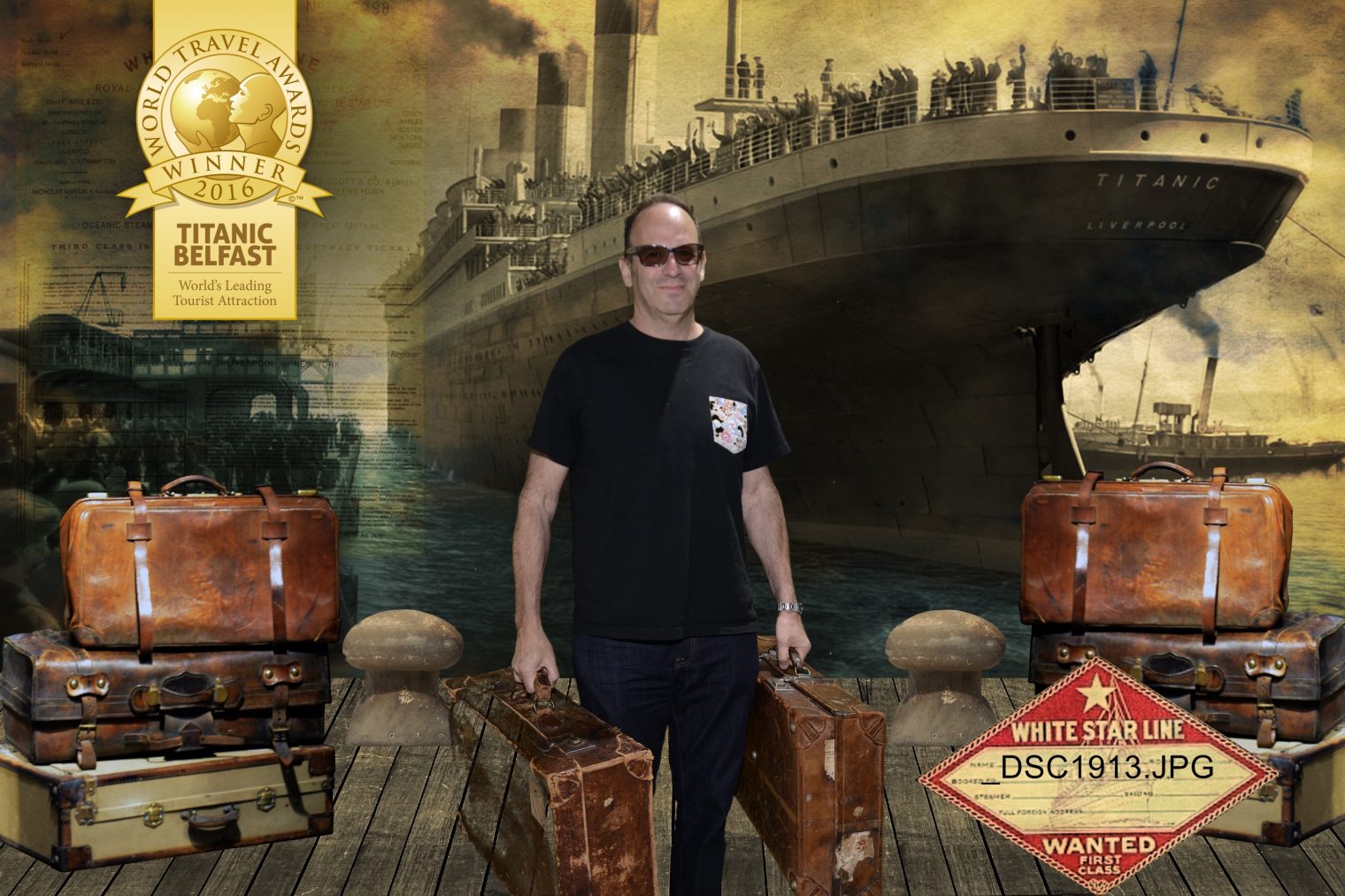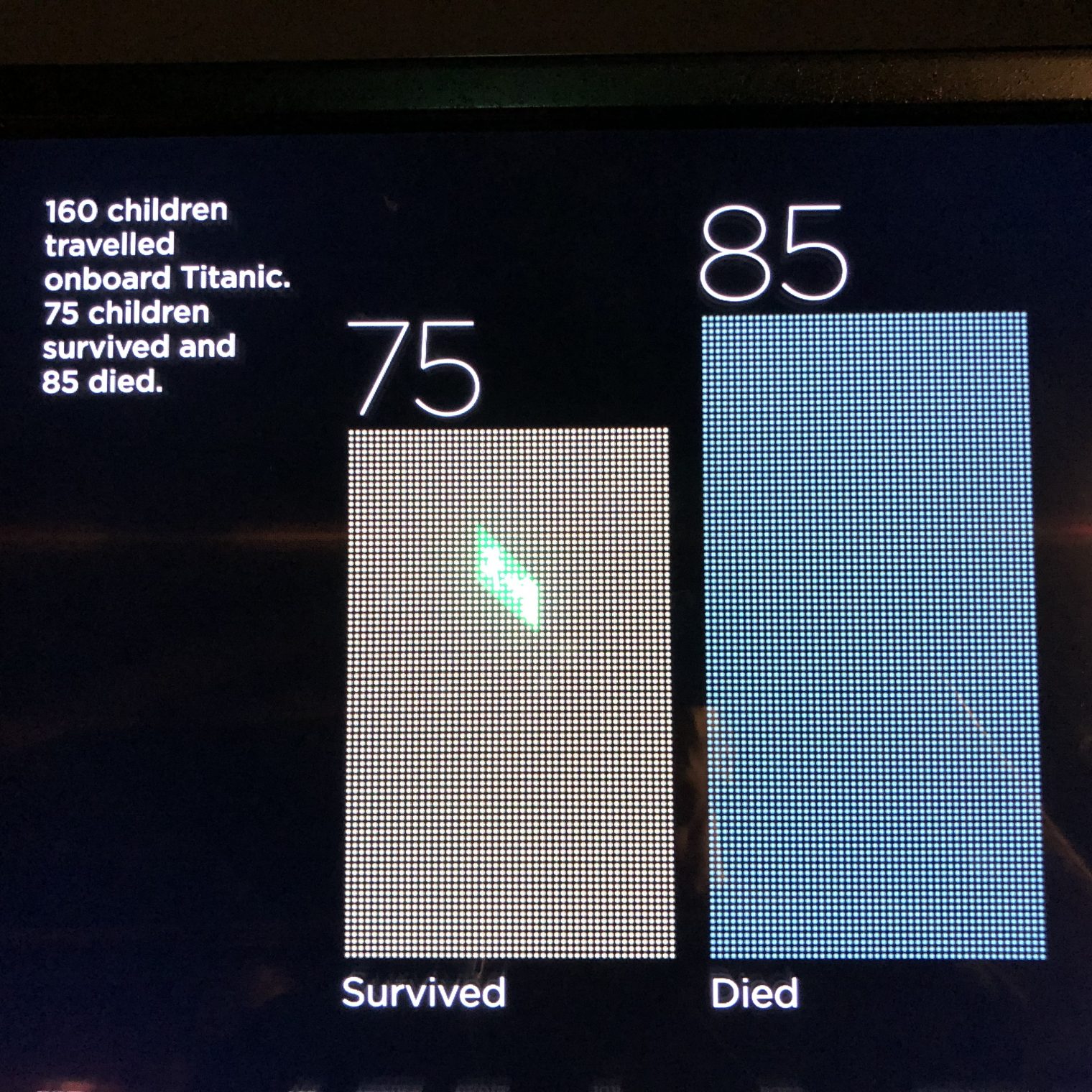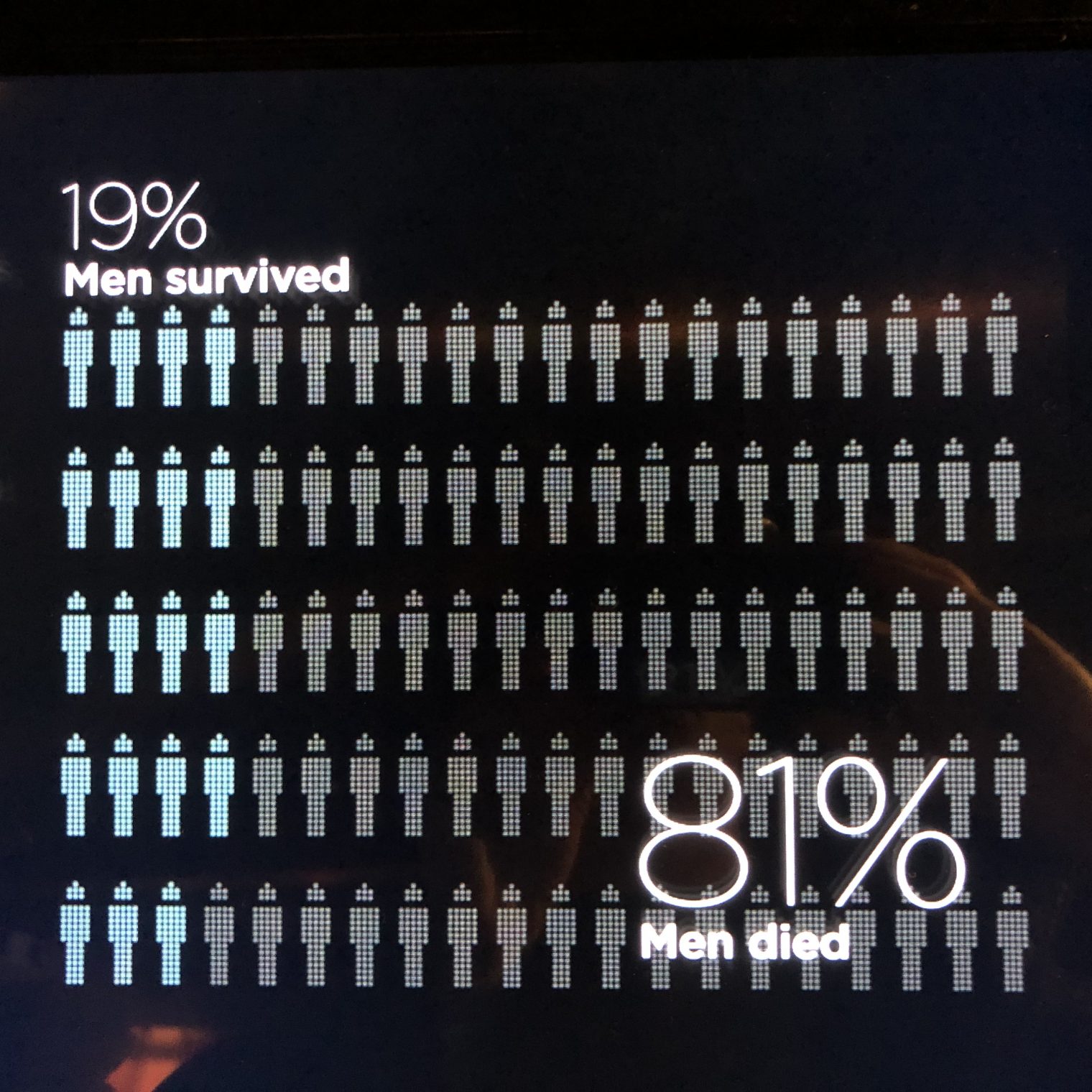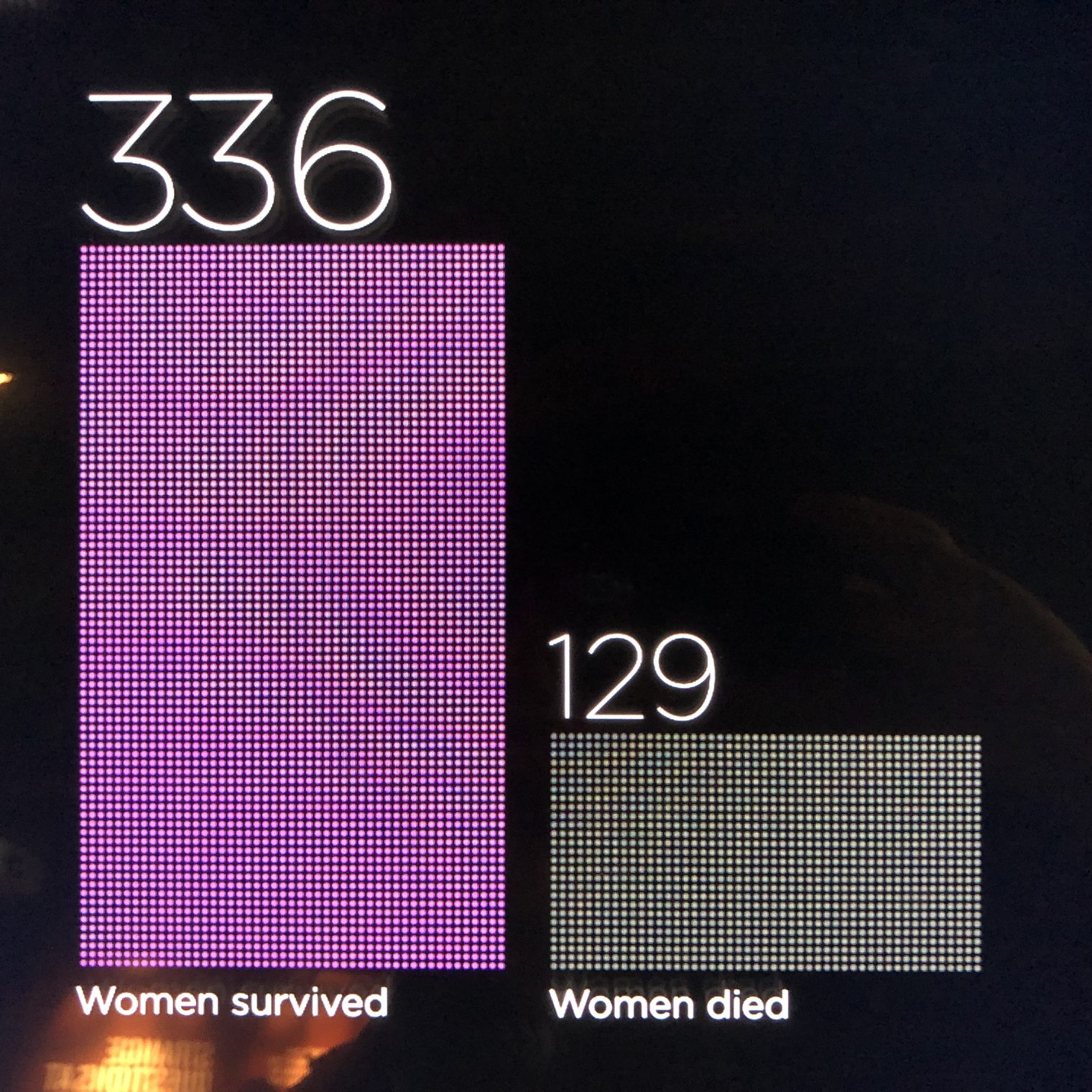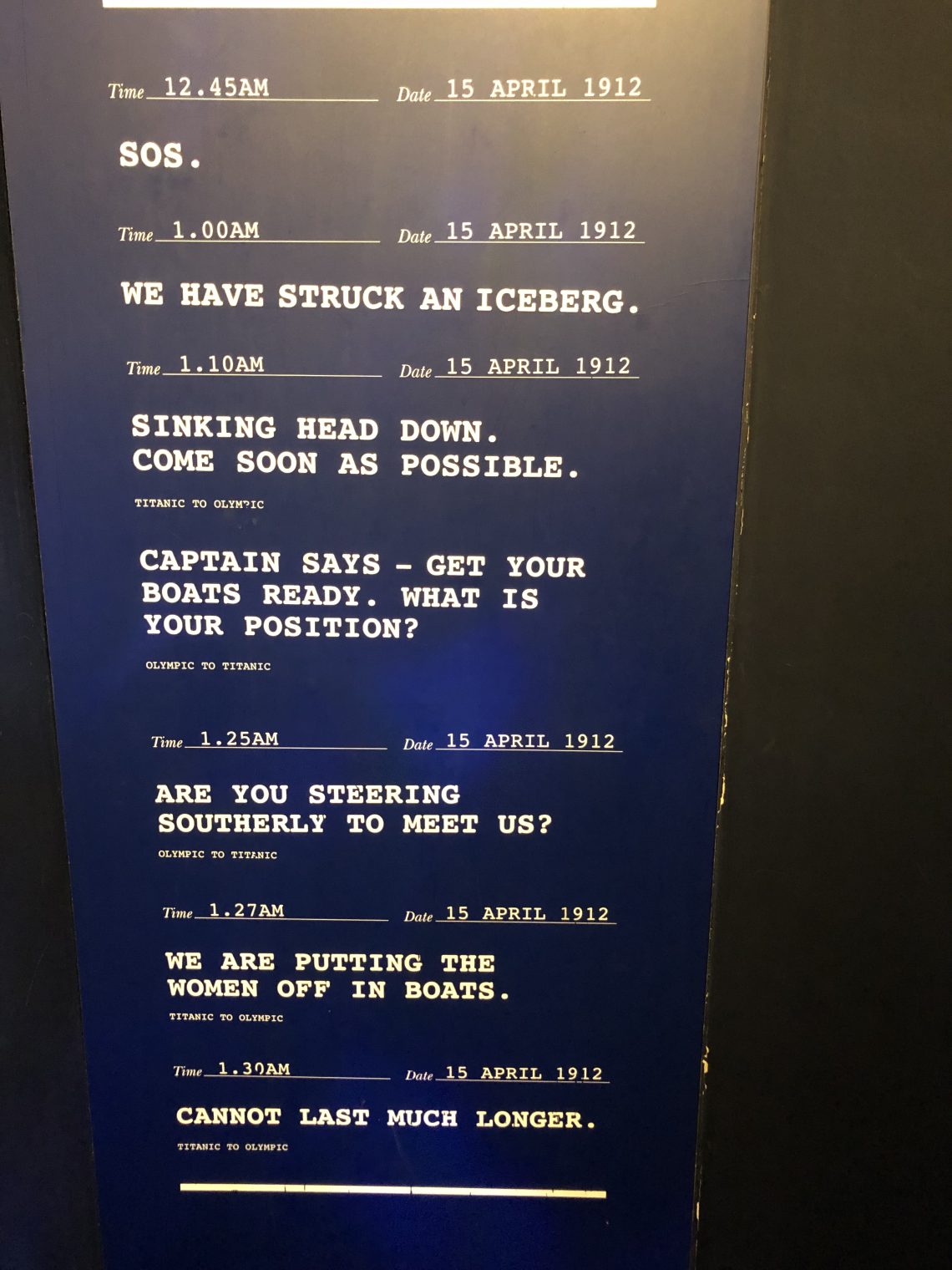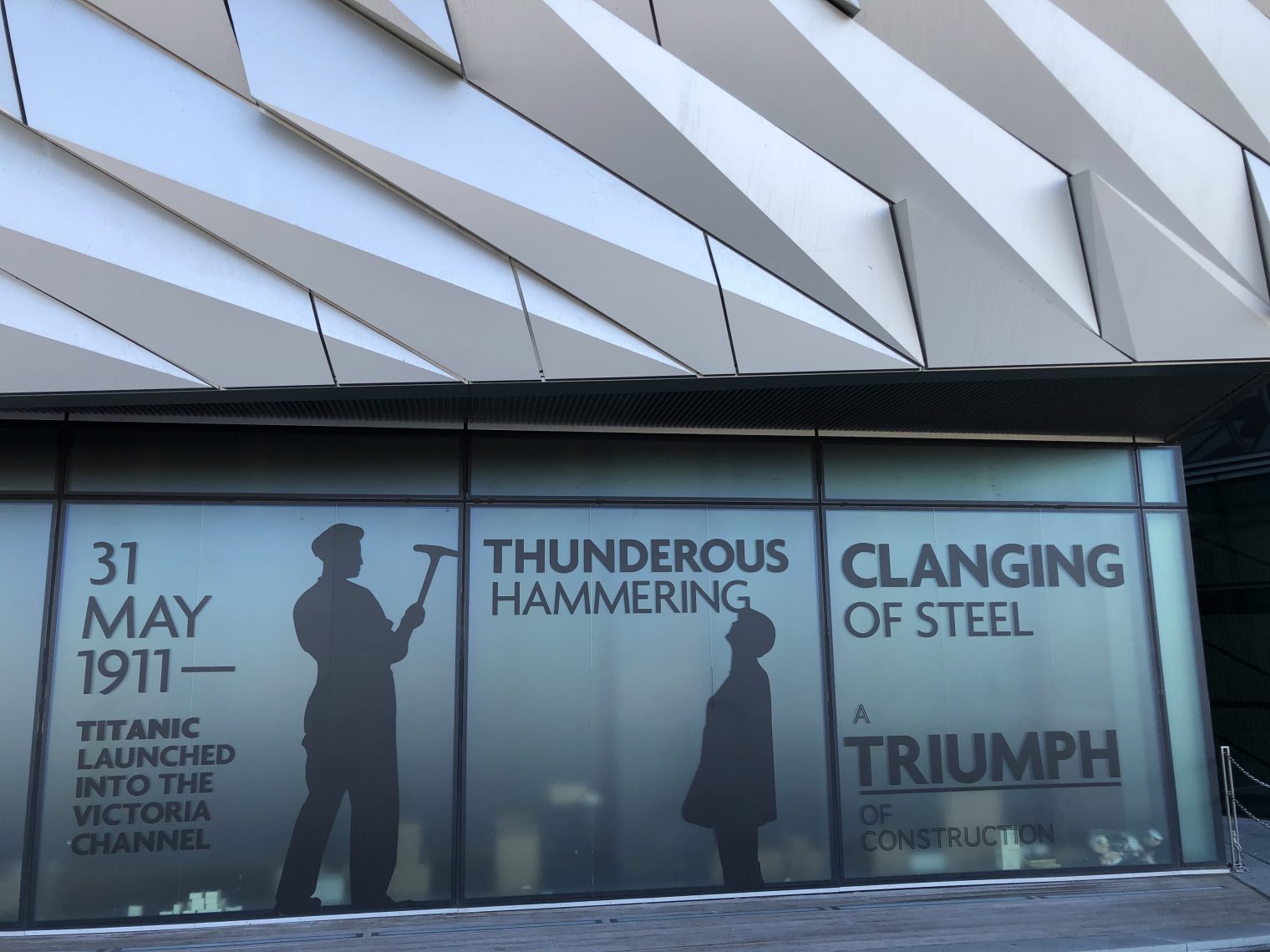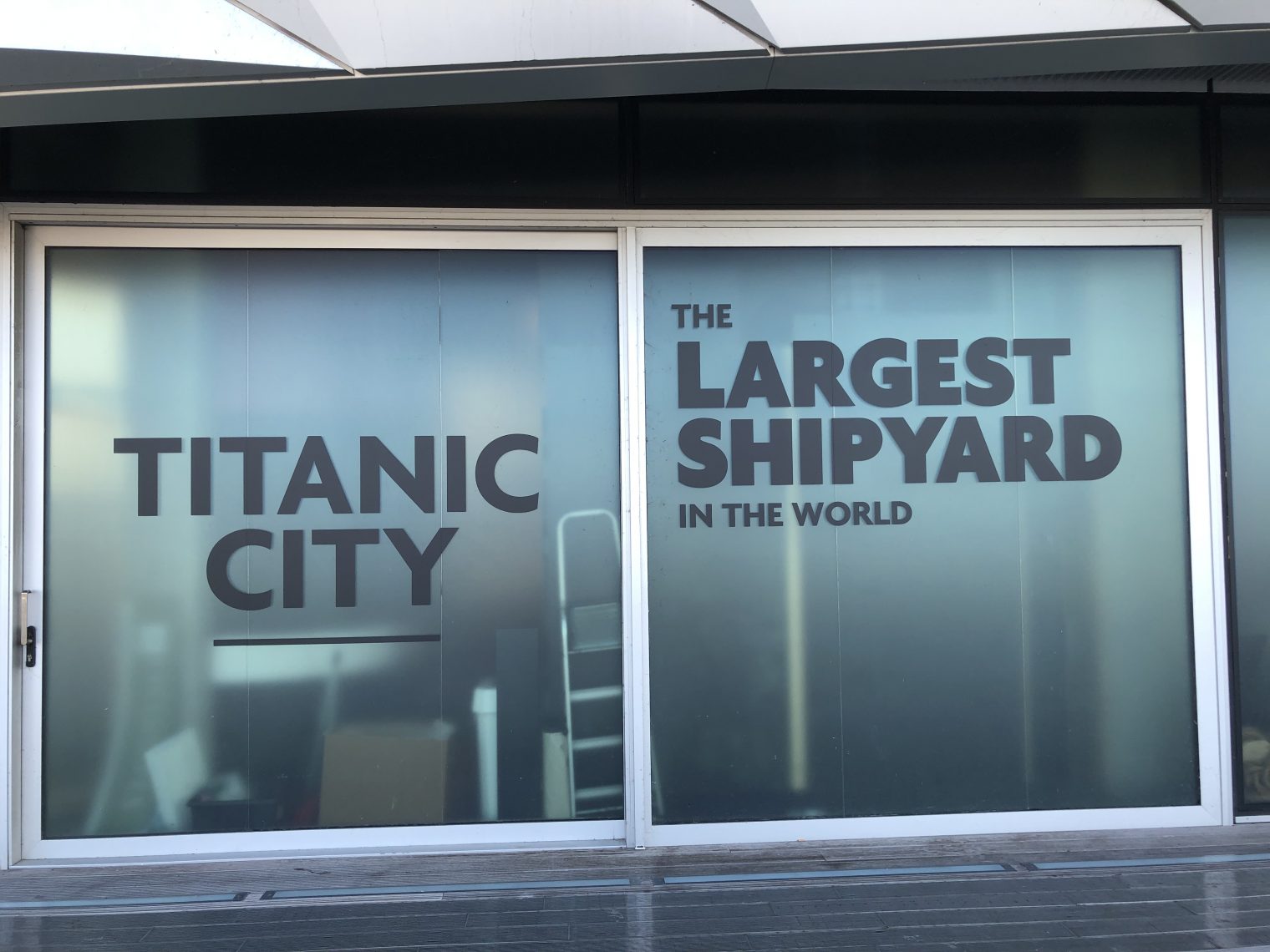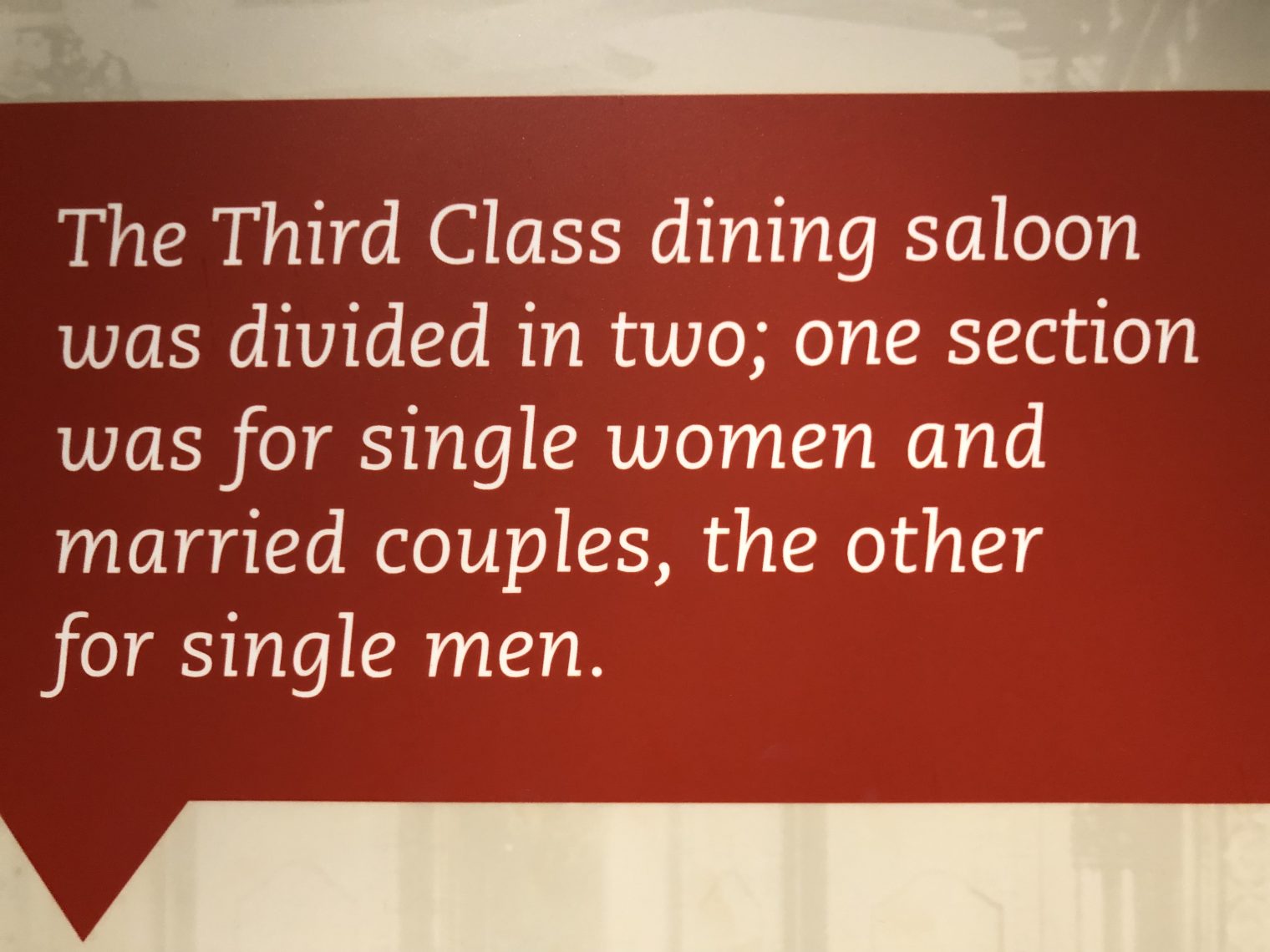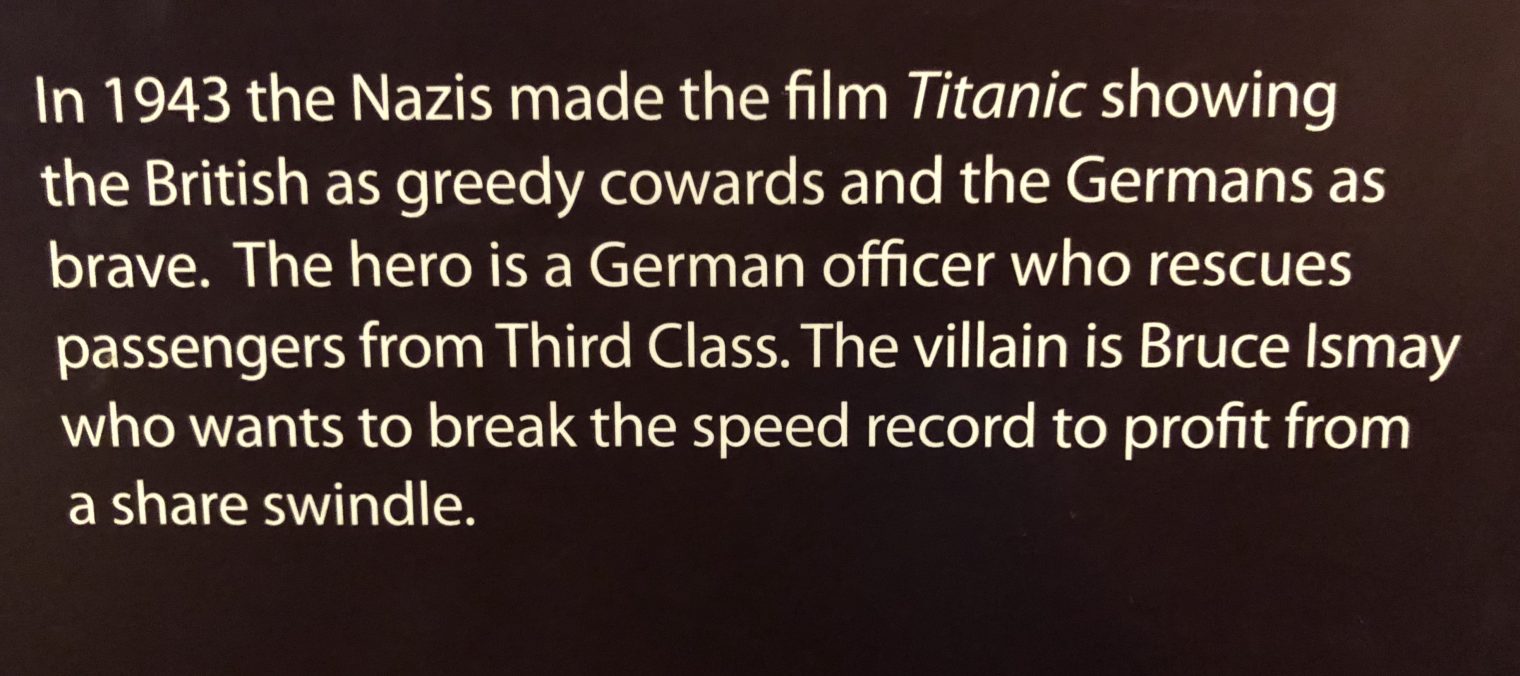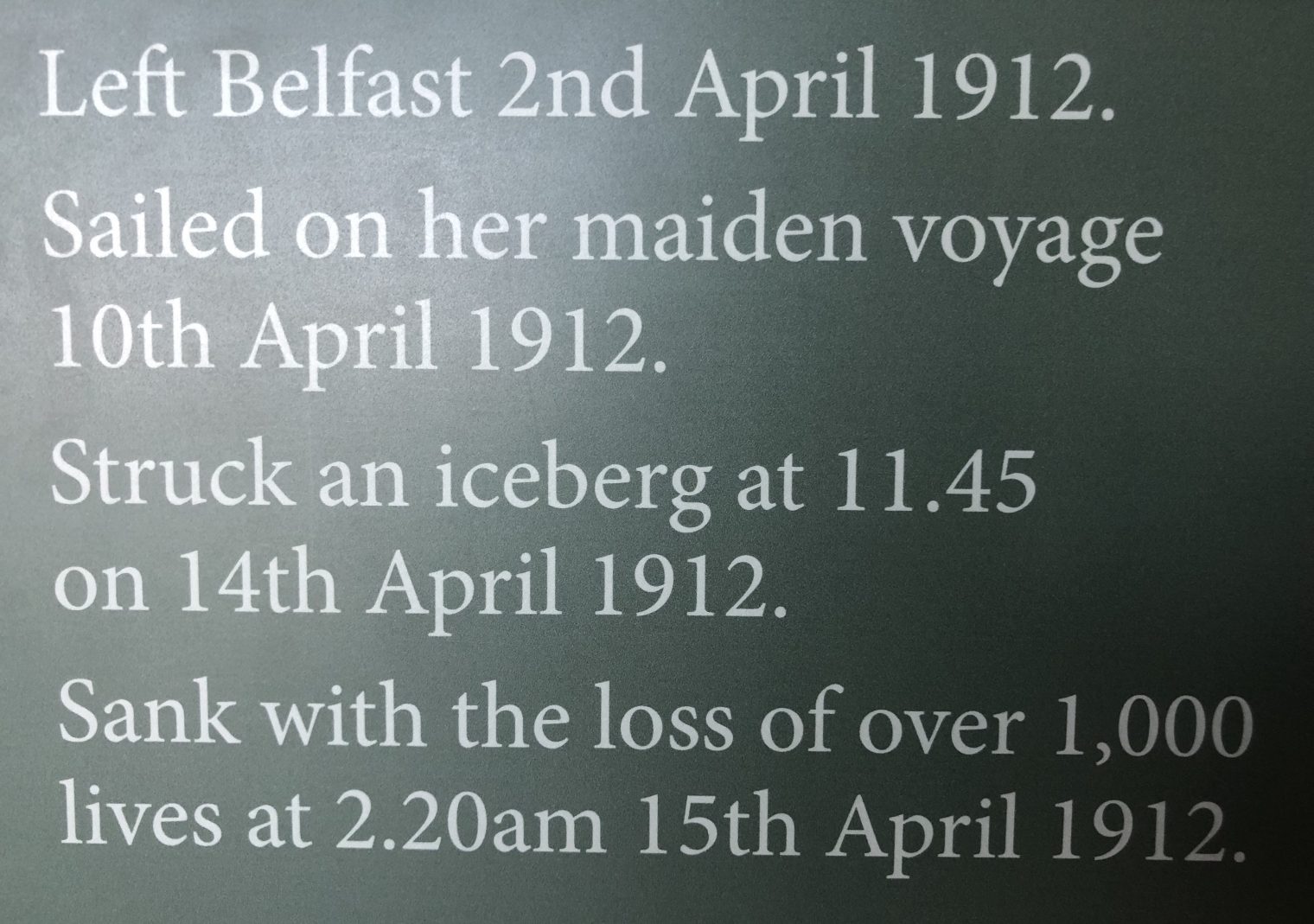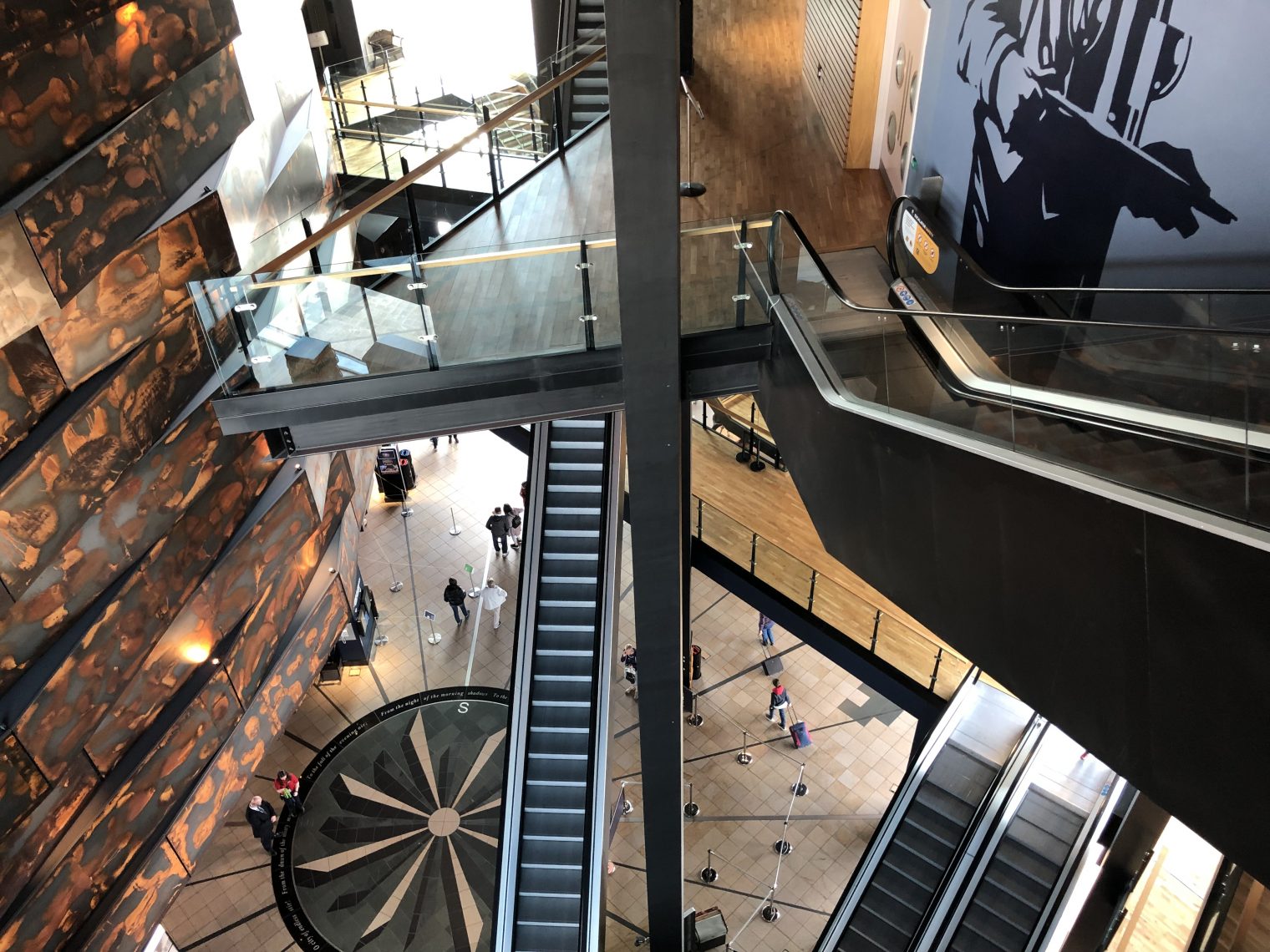Crazy cheap solar power plant
“World’s Largest Solar Power Plant Switched On” (Forbes):
The $870 million project was the result of a competitive tender process that will see electricity from the site sold to the Emirates Water and Electricity Company (EWEC) for around 2.4 cents per kWh, a record at the time of the auction and a record for any completed solar project. It was built by the Indian firm Sterling & Wilson with nearly 3000 people working on site during the peak of activity.
Can this be right? These profit-driven folks can recover their $870 million by selling power at 2.4 cents/kWh? That’s more or less free (the average cost in the U.S. to consumers is about 13 cents/kWh, which of course includes distribution).
Most parts of the U.S. are not as sunny as the UAE, but some parts are. Could we build a monster plant like this in Arizona or Nevada and run the power back to the cloudy East Coast? A friend who used to run a mutual fund that invested in this area said, “It would be a no-brainer economically to run a DC high voltage line from wind farms in Oklahoma to New York City. You could shut down every fossil fuel power plant in New York. But the U.S. power grid is fragmented and the people who stand to benefit from that have enough politicians in their pockets to keep it fragmented. So you’ll never see that power line built.”
Vaguely related: This investor considers Jeff Immelt to be the most incompetent executive in recent American business history. “GE actually made windmills so they knew that the price was going to drop below that of coal-fired power plants,” he said. “Yet still, GE bought Alstom, which has been disastrous. Even if the market for fossil fuel plants had held up, GE was locking itself into French labor, which any rational businessperson would seek to avoid. It is fair to say that the folks at Alstom were a lot smarter than anyone at GE.”
For the rest of the world, where they aren’t as plagued by cronyism in power transmission as we are, will it be time to go nuts with electricity (cars, planes, heat pumps, etc.)?
Also, does this mean we don’t have to worry about about climate change and CO2? Who is going to bother burning fossil fuels for any reason if they can get electricity for 2.4 cents/kWh plus reasonable transmission fees? (Aviation? Just turn the electricity into hydrogen and then run your electric motors off a fuel cell!) We were terrified in the 1970s about burying ourselves in nuclear waste. Then it turned out that we couldn’t operate nuclear plants economically, so the amount of waste generated was much smaller than anticipated (we just burned natural gas and dumped out CO2 instead!).
